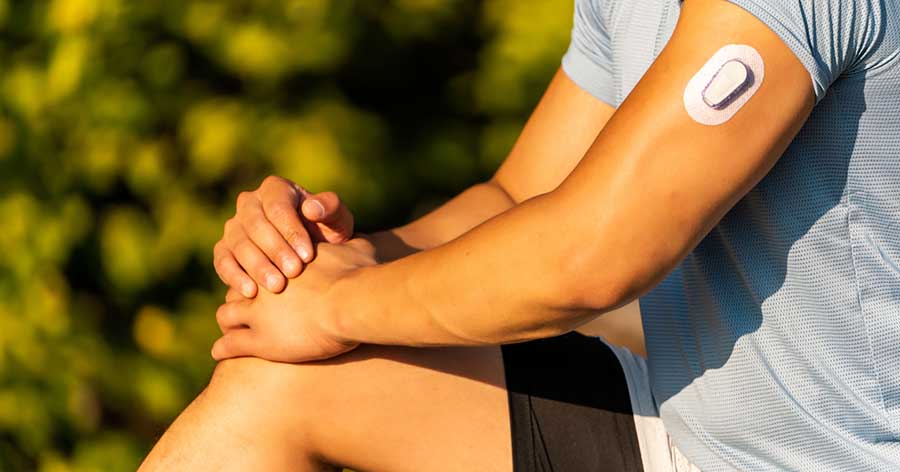Results from a US-based prospective longitudinal cohort study suggest that the consumption of whole fruits including blueberries, grapes, apples, pears, raisins and prunes could reduce the risk of type 2 diabetes (T2D), lending support to the notion that eating a variety of fruits is beneficial for diabetes prevention.
The study, published online in the BMJ, investigated the eating habits of 66,105 women from the Nurses’ Health Study (1984–2008), 85 104 women from the Nurses’ Health Study II (1991–2009), and 36,173 men from the Health Professionals Follow-up Study (1986–2008) with the use of multiple follow-up questionnaires.
In contrast, drinking fruit juice was found to be associated with an increased risk of developing T2D, which researchers suggest could be explained by the high glycaemic load of fruit juice or perhaps a reduction of beneficial nutrients after the juicing process.
Dr Matthew Hobbs, Head of Research for Diabetes UK, said: “The best way to reduce your risk of developing T2D is to eat a balanced, healthy diet that includes a variety of fruits and vegetables and to be as physically active as possible. This research provides further evidence that eating plenty of whole fruit is a key part of the balanced diet that will help you to achieve a healthy weight and so minimise your risk of developing T2D.
“However, the associations between T2D and specific types or fruit or fruit drinks must be treated with much more caution. Some of the findings are based on a number of assumptions and models which may have distorted the results significantly. For example, the researchers used surveys to ask participants how often they ate certain foods. This type of survey can often be unreliable as people are more likely to remember certain types of food. In fact, the researchers tried to adjust for this by asking a small subset of participants to complete daily food diaries and comparing the results to the surveys. For a number of fruits, including blueberries, the numbers were not big enough to allow the researchers to correct their findings in this way.”





